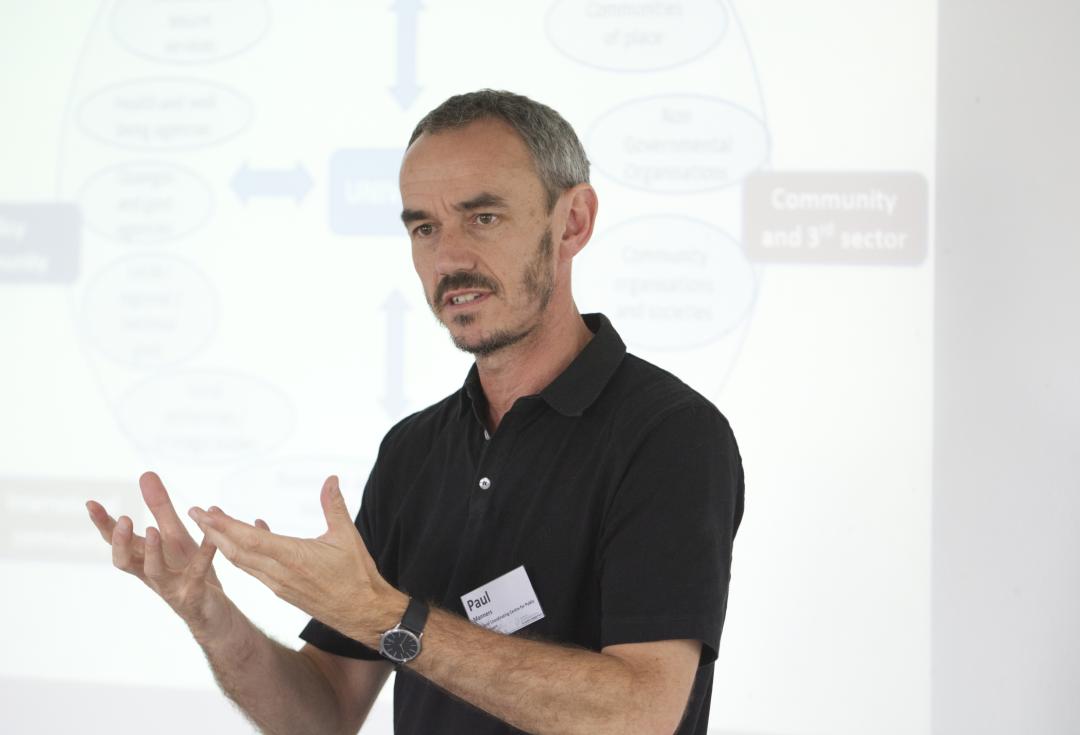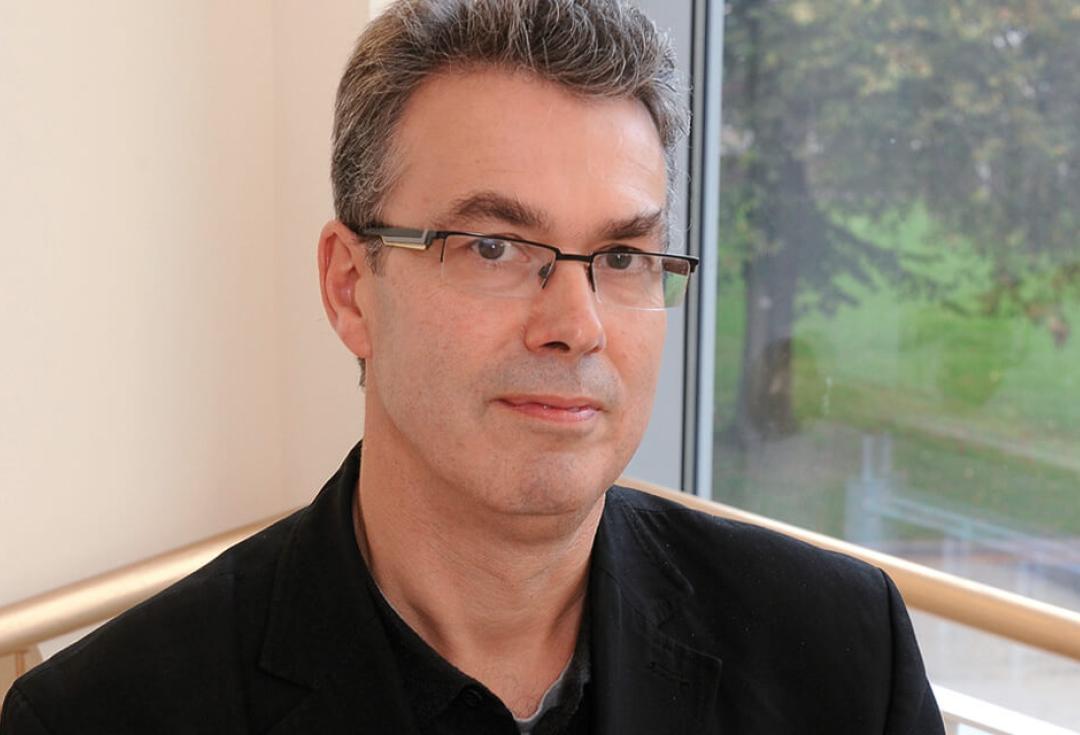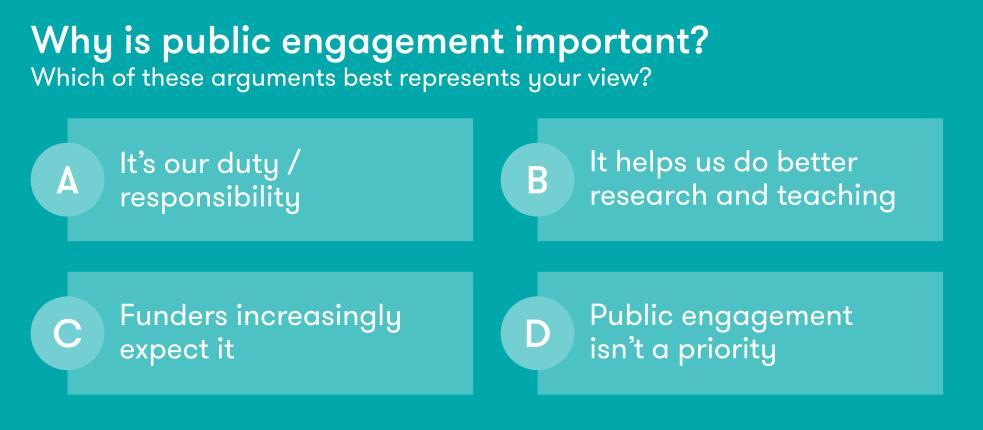Creating a supportive culture for public engagement with research
The first steps and essential resources for building a culture where public engagement with research can thrive.
Assess your institutional culture
There is a saying that ‘culture eats strategy for breakfast’ – so you need to start by asking: how supportive and committed is our institutional culture when it comes to public engagement?
The NCCPE’s EDGE tool can help you do this – and it’s a great way to engage and involve colleagues and partners from outside the university, and to build an evidence base for your strategy.
The EDGE tool has nine focal points which form a self-assessment matrix, to allow you to assess your institution's progress. We've called it the EDGE Tool as it describes ‘Embryonic', 'Developing', 'Gripping' and 'Embedded' approaches to supporting engagement.
The EDGE tool provides a useful device to get colleagues talking and reflecting on the current state of play in your department, school or institution, and helps identify where to focus your efforts.
As you embark on this change journey, you might also want to develop your own understanding of why addressing culture matters, and how you can begin to catalyse culture change: we have produced two briefings to help you with this.

There are three key things that a good strategy helps you to achieve. It helps you to build a shared sense of purpose with colleagues. It takes account of the context in which you work, as this will shape what it is possible to achieve. And it defines clear goals and success measures to help you to judge your progress and share your success.
Develop your case
A good strategy needs to align with external and internal ‘drivers’ if it is to gain traction. It is important to take time to review the external policy environment and to understand how HE funding and policy incentivises public engagement.
You will also need to ensure that the strategy ‘goes with the grain’ of your institution. Every university should have a distinctive approach, informed by your location, the scale of your operations, the relative ‘mix’ of research, knowledge exchange and teaching, and your disciplinary and practice focus.
Our recent 'Engaged University' review revealed that Public Engagement is increasingly being positioned as a top-level strategic priority by HEIs, partly in response to increased pressure from both government and funders for impact and accountability.
Involve people and learn from others
A strategy needs a lot of buy-in – from senior staff, professional services and academic colleagues to external partners. You need to stimulate lots of discussion as you work with colleagues to plot your course. The NCCPE has produced a range of ‘tools for talking’ to help you to initiate these conversations and to build common purpose.
As well as leading conversations with staff, students and partners, it really helps to step back and reach out to other HEIs and to learn from their experiences of developing strategic support for public engagement. The NCCPE can help to connect you to other people.
Articulate your theory of change and make it happen
So, we’ve taken you through some of the essentials for building a robust platform to create your plan for culture change and make your case for investment.
The next step is to develop a ‘theory of change’ to underpin strategic planning. A theory of change focuses on why a problem exists and how you might go about trying to change it. It helps to unpick the complex problem of ‘how to embed support for public engagement’: what attitudes and behaviours lead to public engagement not being embedded, and what interventions might be able to change these attitudes and behaviours. It revolves around three key questions: Why is it this way? Can it be changed? And how might this change affect things? We have created a helpful resource to help you to apply this approach to develop your engagement strategy, and to explore how other HEIs have tackled the challenge.

Using this approach has enabled me to map out answers to the complex challenge of tackling culture change - and break it down into practical, useful activities which are most likely to create change.

Culture change is a lengthy process. Within the time it takes to make progress, landscapes shift, personnel change and new challenges and opportunities emerge. Taking stock of these shifting facets regularly and having the opportunity to adjust our plans and spend has been critical for our work.
